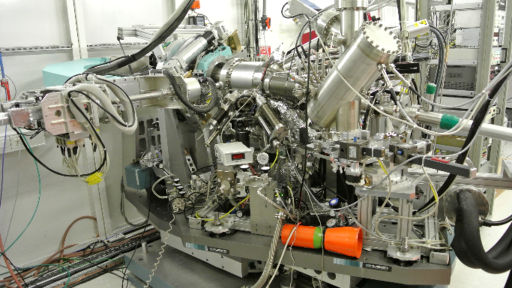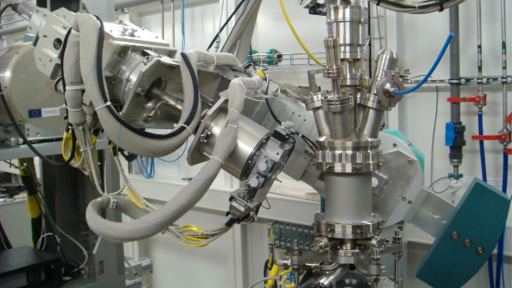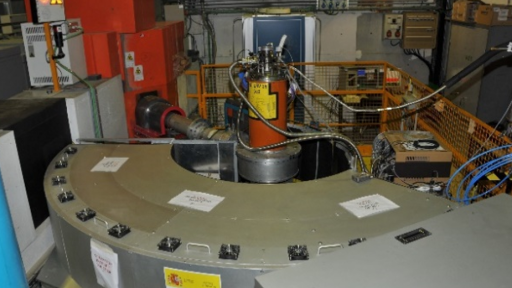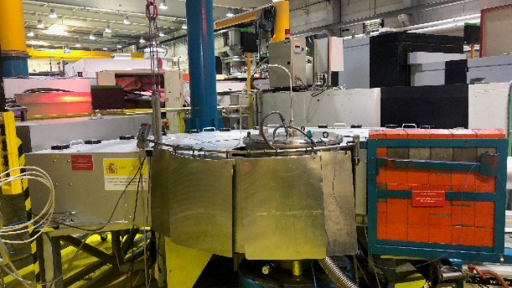SpLine. European Synchrotron Radiation Facility (ESRF)
The European Synchrotron Radiation Facility (ESRF), with headquarters in Grenoble (France), is a third generation synchrotron constituted as a French Société Civile in 1988 by all the convention's signatory countries: Germany, Belgium, Denmark, United Kingdom, France, Finland, Holland, Italy, Norway, Sweden, Switzerland, and recently also Russia, which has joined as a full member. Spain is a founding partner with a share of 4% in the capital of the company and responsible for the construction and operation of the BM25 line dedicated to condensed-matter experiments.
At the ESRF there are currently 55 beam lines which are operational and available to the international scientific community. More than 7,000 scientists visit facilities annually to carry out in the order of 2,000 experiments, which result in numerous publications (approximately 2,000 per year) in prestigious scientific journals. Spain is a founding member of the society with a capital holding of 4%. The CSIC was the responsible for its construction and currently manages the operation and improvement of the line BN25.


BM25 Line
Institute Max von Laue-Paul Langevin
The Institute Max von Laue-Paul Langevin (ILL), located in Grenoble (France), was founded in January 1967 by the initiative of France and Germany, which were joined by the United Kingdom in 1973. Spain was the first country that joined the ILL in the role of an Associate Scientific Member in 1987.
It operates the world's most powerful neutron source as well as 40 other high technology instruments for studying the molecular, atomic and nuclear structure of matter. The usage time of the reactor is determined by the contribution of the country where they work. In total, some 1800 researchers from over 45 countries use the neutron source for 800 experi¬ments each year.
In addition, each year it welcomes more than 3,000 visiting scientists from around the world to undertake over 900 experiments. More than 90% of the experiments are performed by researchers, institutes, research centres or universities of member countries.The CSIC, in cooperation with the French National Centre for Scientific Research (CNRS), is responsible for the operation of a diffractometer and for polycrystalline samples.


D1B Line